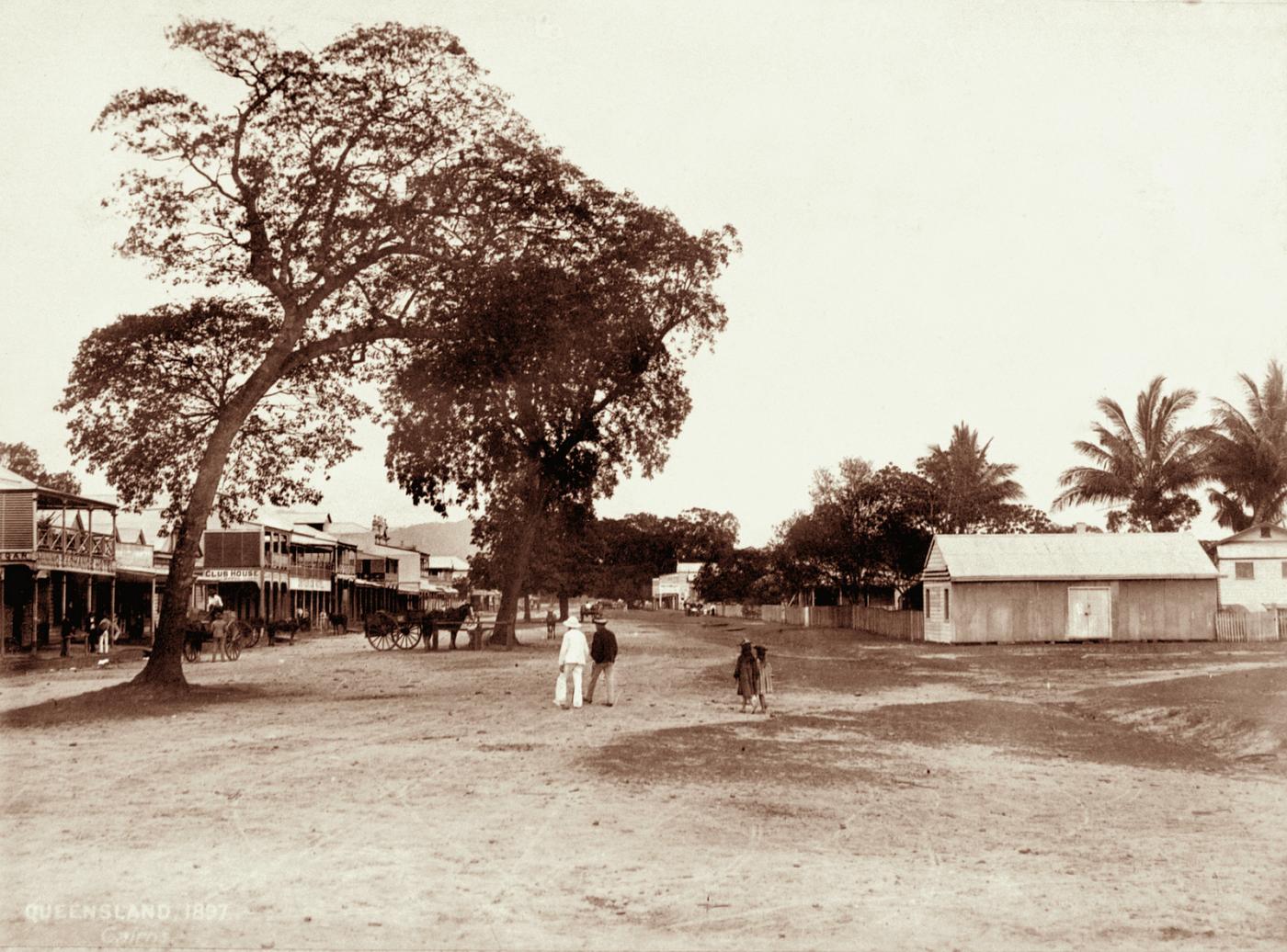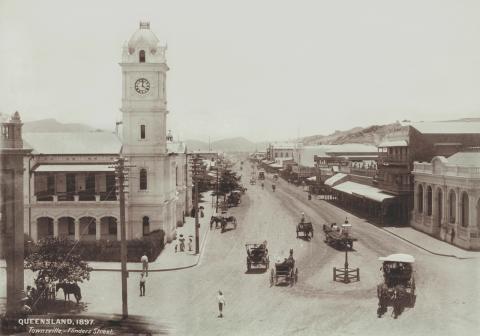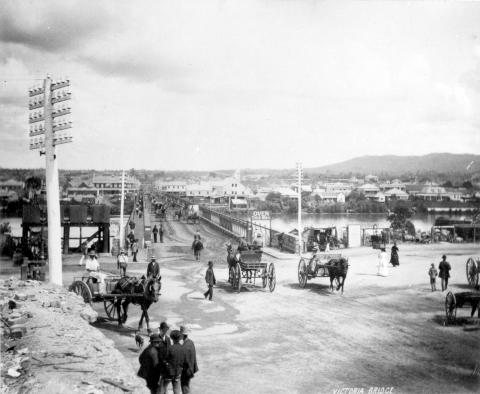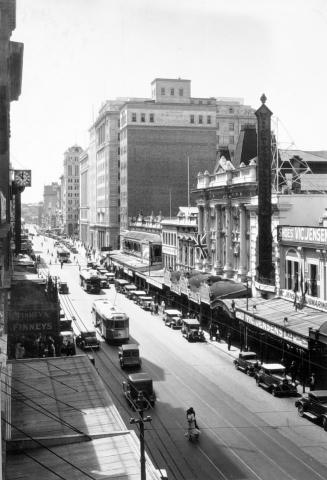
- News of the day
-
Morning Post, Tuesday 3 October 1899, page 3
The Big Safe Robbery
The prisoner Hollway, who was arrested last Friday and charged with breaking into Mr. J. G. Fearnley's shipping office (Adelaide S.S. Co.,) and stealing there from the safe and content is palpably a daring but utterly inexperienced burglar. Hollway admits that it was broad daylight when he rowed away from the wharf with the safe. The punt he used was very small but was not the one he intended to utilise, as the advent of daylight made it too risky for him to pull on the painter of the larger punt, which swung with the tide in full sight of the men at work on top of the wharf. The smaller punt was tied up short under the wharf, entirely screened from view, so the safe robber decided to use it.
The "cheek" of the fellow rowing off from the wharf in broad daylight with such a strange cargo, and yet nobody apprently noticed him. The weight of the safe (about 300lbs) opened out the floor of the punt, with the result that the burglar feared a capsize when halfway across the inlet. When he had rowed a mile up Firewood Creek, he ran the nose of the punt into the mangrove mud and started to cut the bottom of the safe out with an axe. In this he succeeded, after which he carefully placed the books and cheques above the highwater mark, because, he admitted when under arrest "I only wanted the cash. I knew the cheques and books were only of value to Mr Fearnley and no good was to be gained by destroying them."
The punt was further strained by the axe work on the safe, so much so that Hollway was not able to get away in it. He then decided to drop the safe over the side of the punt, but instead of dropping it on the deep water side, he dropped it out on the shore side, where at low water it was easily observed.
Prisoner walked down as far as the rifle range hut, which, although locked, was approachable through the shutter-window. Then he lay down, never bothering to take the eighty pounds worth of notes and cash out of his pockets. It is difficult to conceive that a man bold enough to carry away a safe would be fool enough to leave punt, safe and papers behind him as openly, and contentedly lay down and sleep with the spoil in his pockets. Another line of astonishment is furnished by the action of Constable Simons and […] R. Bartonshaw, who rowed for a mile up Firewood Creek, when they found the empty safe. How many men under the circumstances would have rowed for a mile on and up that mangrove creek? Not many. Most of us would have turned back after a quarter or half mile pull, intent upon hurrying up the next creek. Hollway asserted to those whom accompanied him across the Inlet after his arrest that he was unassisted and did the burgle “on his own”. This is not however believed. Prisoner appeared on remand yesterday before Mr Stafford P.M., when Constable O’Dea, Mr J. G. Fearnley and Pilot Dickson gave evidence in accordance with the statements already published. Prisoner was remanded until to-day on the application of the police.
- Background
-
Cairns was named for Sir William Wellington Cairns, and officially founded in 1876, following the discovery of gold in the surrounding area. However, Captain James Cook had 'discovered' the area more than a century earlier, on his first voyage of discovery in 1770 aboard HM Bark Endeavour. Captain Cook needed all his seamanship skills to navigate the treacherous channels between the Great Barrier Reef and the mainland. Despite his skill, the tiny 30m Endeavour ran aground on the coral reefs and, limping to land, put in at a river that was named for her, the Endeavour, which became the site of present-day Cooktown. The dispirited crew named other features according to their mood: Cape Tribulation, Hope Island and Weary Bay.
/145.7763474,-16.9189021,7/450x450@2x.png?access_token=pk.eyJ1IjoicXNhLWRpc2NvLXFsZCIsImEiOiJjamJmdTgyZXEyeWNjMnlxZm8xcmtieHgxIn0.lmT9J5tTPKGuuccQgCVSAg)



